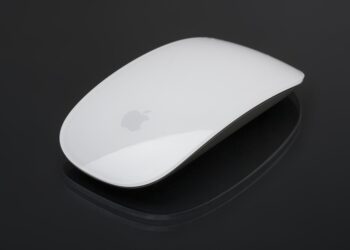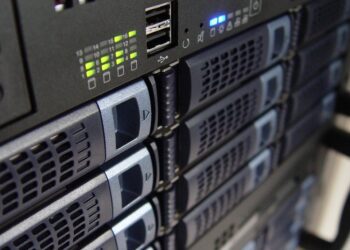The use of data in the business world has been steadily increasing over the past decade, with companies realizing the potential of harnessing data to gain insights and make informed decisions. However, the sheer volume of data that is now available can be overwhelming for many organizations. This is where programming comes in.
Programming, specifically in the form of data analysis and data science, is revolutionizing the way businesses approach and utilize their data. By using programming languages such as Python, R, and SQL, data analysts and scientists are able to manipulate, analyze, and visualize data in ways that were previously impossible.
One of the key benefits of using programming in data analysis is the ability to automate tasks. By writing scripts and programs, analysts can perform complex data manipulation and analysis in a fraction of the time it would take to do manually. This not only saves time, but also reduces the risk of human error.
Another advantage of programming in data analysis is the ability to scale analyses to large datasets. Traditional tools like Excel often struggle to handle the volume of data that many businesses now collect. By using programming languages and tools like Hadoop and Spark, analysts can process and analyze massive datasets quickly and efficiently.
Programming also allows for more sophisticated analyses and modeling techniques. With programming languages like R and Python, analysts can build predictive models, perform machine learning tasks, and conduct advanced statistical analyses. These techniques can provide businesses with valuable insights and help them make more informed decisions.
Furthermore, programming allows for greater flexibility and customization in data analysis. Analysts can tailor their analyses to the specific needs of their organization, rather than being limited by the features of off-the-shelf software. This flexibility enables businesses to extract more value from their data and gain a competitive edge in their industry.
In conclusion, the use of programming in data analysis and data science is revolutionizing the way businesses approach and utilize their data. By automating tasks, scaling analyses, performing sophisticated modeling techniques, and providing flexibility and customization, programming is helping companies unlock the full potential of their data. As the importance of data continues to grow, programming will play an increasingly vital role in driving business success.








